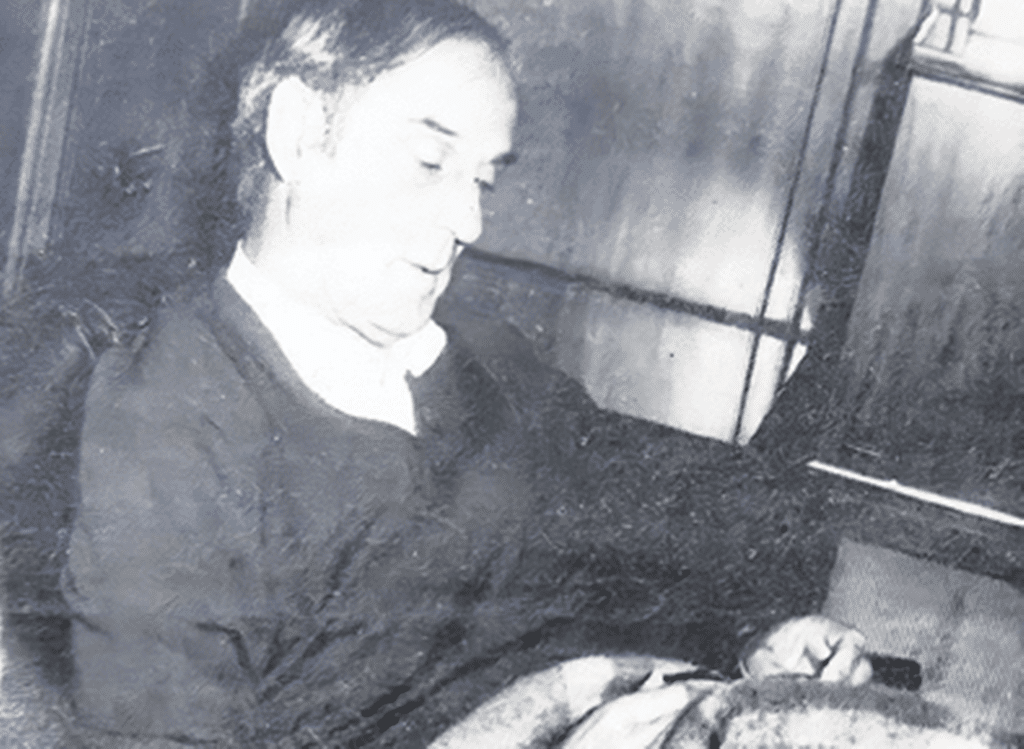From the formation United You Can, from the group of Government of the Lagoonthey want to promote “a well-deserved recognition of the neighborhood movement and public officials” who fought 40 years ago, including a hunger strike by the Lagoon government of that time, for the closure of the Temporary landfill of Montaña del Aire, giving rise to “one of the first major public debates on waste management in Tenerife”, as explained yesterday by the party’s spokesman, Rubens Ascanio. For this reason, “among other things, we would like a plaque located in the vicinity of what was the old landfill to commemorate this historic event,” he stressed. In addition, Ascanio pointed out that it will also be proposed that this recognition be carried out within the framework of the celebration of World Environment Day, next June.
This will be included in the motion that the party wants to present to the next plenary session in June and that will be promoted so that it is proposed by the entire lagoon government group, as well as that it becomes institutional, said the councilman.
In the text that will be used as the basis for the proposal, and compiled and prepared by Rubens Ascanio himself, it is recalled that “between May 6 and 12, 1982, Mayor Pedro González and fourteen councilors from the Consistory, from the political groups of the PSOE, Unión del Pueblo Canario, PCE and Lagunera Assembly, together with a member of UCD, carried out a lock-in and a hunger strike in the City Hall for six days, in protest against the location of the Montaña del Aire landfill in our municipality ”.
Thus, it is explained how “Tenerife was experiencing a very complicated situation at that time. On May 1, 1982, the closure of the Santa Cruz Lazaretto landfill was to be applied, which after many years of use had reached more than 40 meters in height, running a serious risk of collapse. “In March 1982, the Coordinator of Mayors of Tenerife met in La Laguna, supporting by majority that Montaña del Aire was the provisional solution to the announced closure of the Lazaretto, in which fifteen municipalities dumped 800 tons of garbage at that time and that should close on May 1 of that year”, it is added.

On May 3, the Civil Governor, Jesús Javier Rebollo, applied, under the General Health Law of that time, the official opening of Montaña del Aire as the main island landfill, it continues to be explained. On May 6, the City Council, with a left-wing government made up of the PSOE, UPC, PCE and the Laguna Assembly, chooses to request its closure due to the lack of a municipal license. In addition, it is agreed to immediately close the water tank in the area due to the risk of contamination due to leaks from the remains of garbage. After two unsuccessful attempts to close the facility, the Corporation agrees to start a lock-in at City Hall accompanied by a hunger strike, with the clear intention of forcing the Civil Governor to negotiate.
“On May 11, the protests continued, as well as numerous neighborhood support actions,” it is reported. The medical team that followed the vital signs of the strikers expressed concern about the condition of Pedro González, 54 years old at the time, and two other councilors. That same day, the citizen movement calls a general strike on the Island for Thursday, May 13.”
On May 12, the Plenary Session of the Cabildo experiences one of the most complex sessions in its history. The neighbors and neighbors had come en masse to address the need for an Insular Agreement on dumping. A priori it was not an easy decision to make, but after several hours of work an agreement was reached between the UCD, PSOE, PCE, CD and UPC that allowed the strike to be lifted that same day. And, from that moment, the institutional actions did not stop: “Los Silos offered land to locate a legal landfill, just like Santa Cruz de Tenerife. Shortly after, the Cabildo opted for the Güímar coast as a provisional landfill”, and for several more months the actions of those affected by the landfill would continue.
“All this intense process of protest and struggle undoubtedly helped to open a necessary insular debate on the future of waste and make better use of it, a sustainable management that never quite arrives,” it stands out. Ephemeris that celebrated its 40th anniversary last week “of that important event, one of the most remembered of the first years of the democratic stage in our municipality”, for which “La Laguna deserves to remember this civil and political action, which ended with the closure of this landfill. “That is why we are going to transfer a proposal that serves this necessary purpose, as a struggle that gave rise to a necessary debate and a reflection on the Island model, which is not yet complete,” the text concludes.
Regarding the future use of the place, Ascanio bets that the area has a “link with the environmental and landscape recovery of the surroundings, take advantage of what has happened with the Lazaretto de Santa Cruz”, although he points out that it is “a debate that has to arise from the residents of the area” and recalls the “complicated” conditions of the environment, in terms of the impact it has suffered.
















